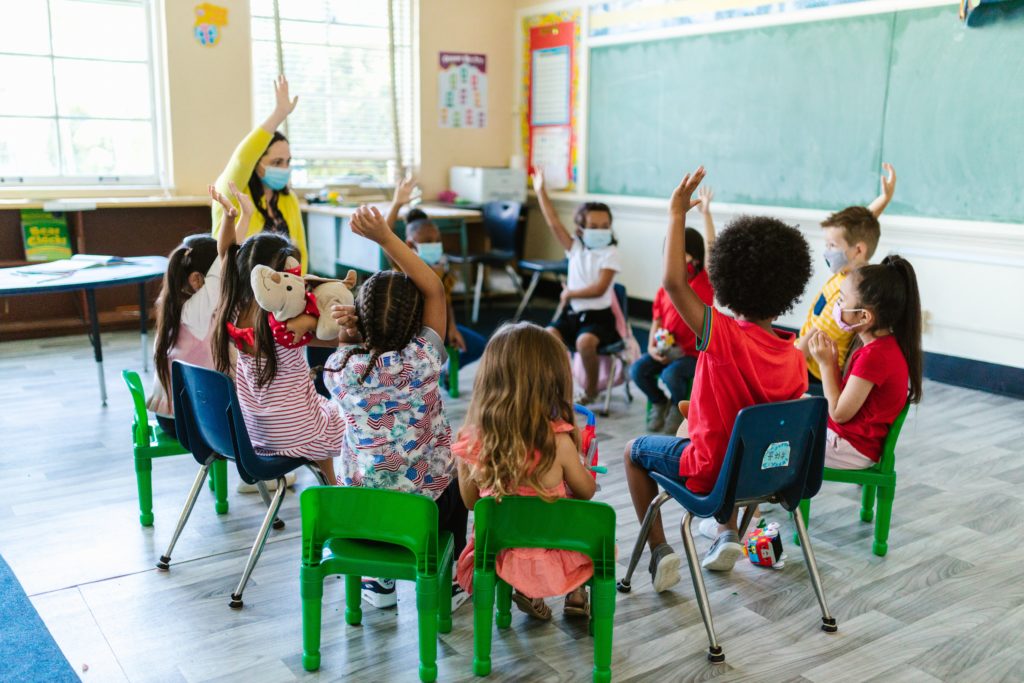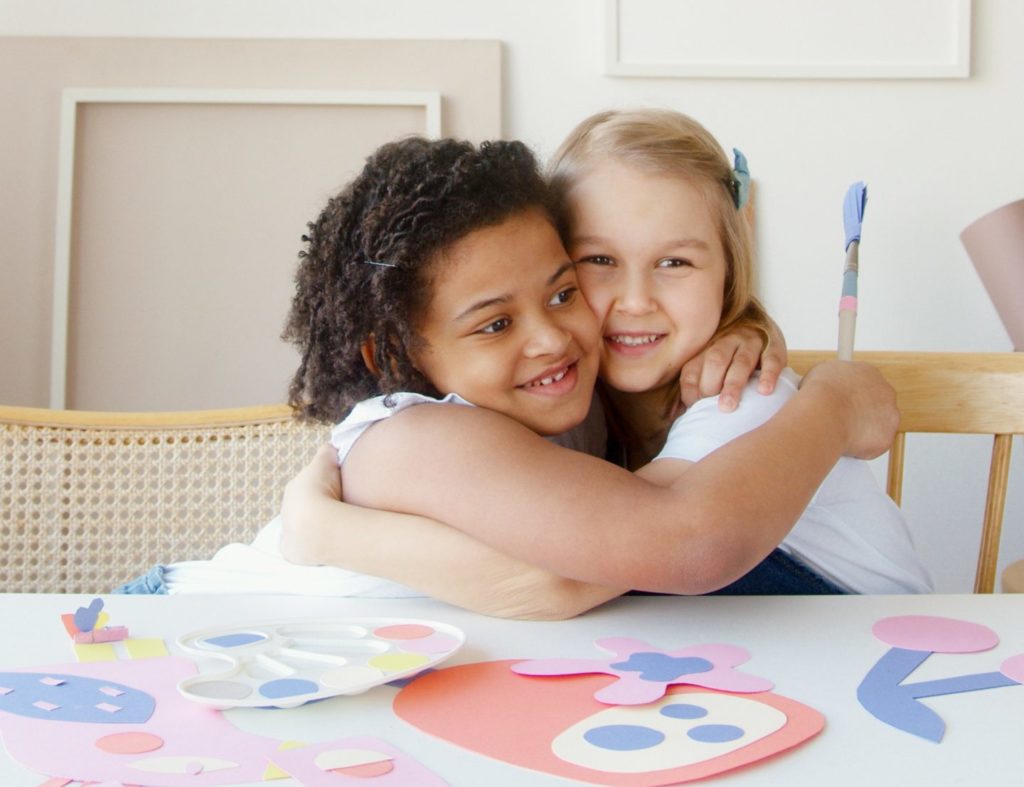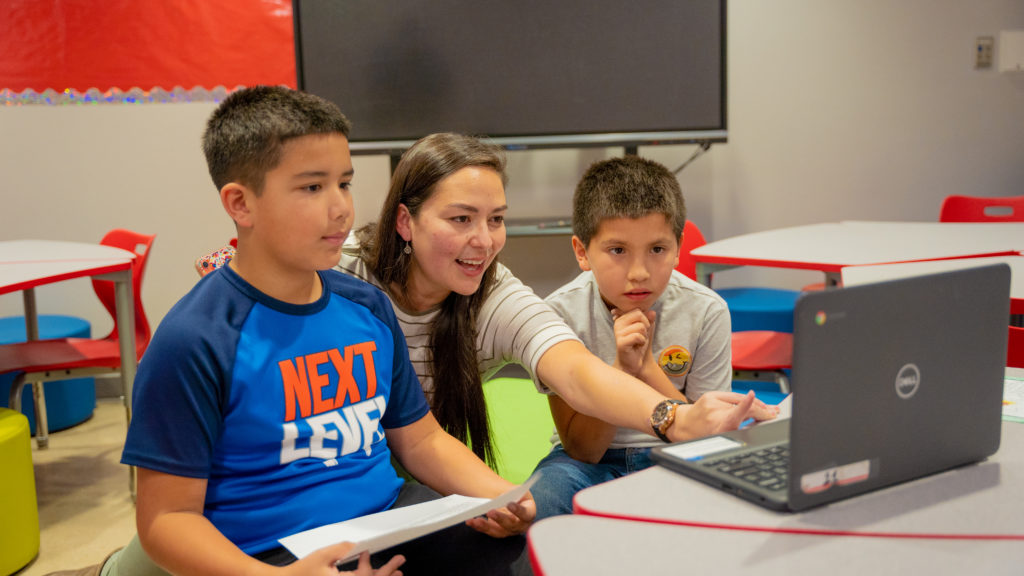Looking for fun and easy ways to teach and incorporate mindfulness into your classroom? Get started today with these six simple strategies!
But first, what is mindfulness and why is it worth teaching into the classroom?
Mindfulness is the ability to maintain a moment-to-moment awareness of our own thoughts and feelings. Teaching mindfulness to children can help them improve their focus, self-awareness, and emotional regulation, leading to improved academic performance, stronger relationships, and greater resilience. As a teacher, you can easily cultivate mindfulness in your students by integrating meditation, grounding, and mindful movement exercises into your classroom routine.

At Empatico, we’ve developed the Empathy Framework, where mindfulness is one of the nine core skills that help students become successful academically, professionally and socially. Research reveals that classroom behavior improves when incorporating a daily or weekly practice of mindfulness. These exercises can also help create a positive and supportive environment by nurturing positive feelings, calming nerves, reducing anxiety, and fostering a sense of connection among students. Additionally, early exposure to mindfulness can set the foundation for a lifetime of healthy habits and well-being.
Teacher Tips on How to Integrate Mindfulness into Daily Lessons and Routines
1. Start each class with a mindfulness exercise.
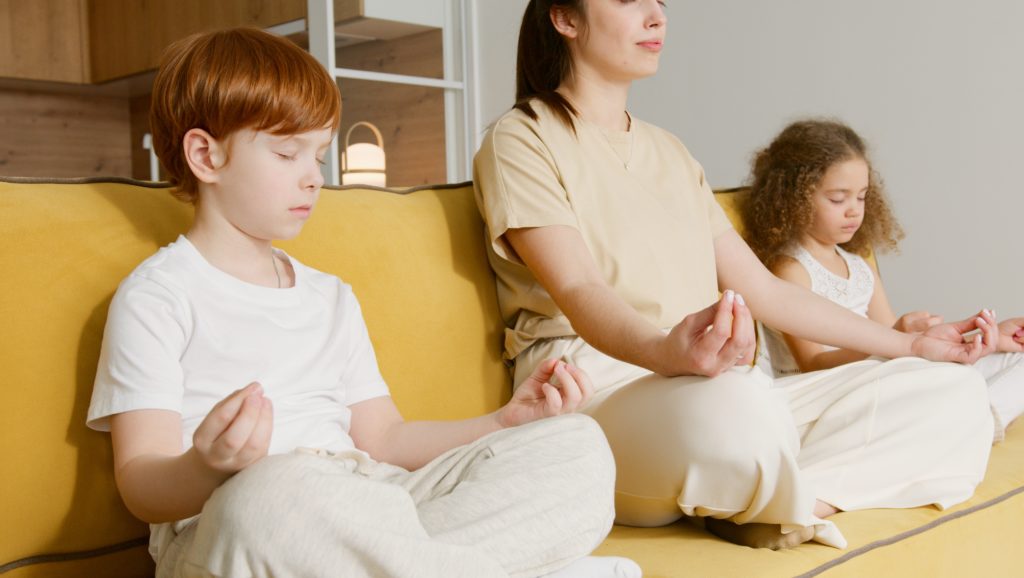
To incorporate mindfulness into the classroom, consider starting each day with a mindfulness exercise. For example, consider using the following activities: Three Kind Wishes, Body Scan Meditation, and Grounding Like a Tree.
Or, if you want to focus on mindful breathing exercises, check out our Breathe, Move, and Rest and Animal Arms: Breathing Exercises activities, created in collaboration with Pure Edge!
These activities all include guided mindfulness videos that lead students through each step of the exercise!
2. Incorporate mindfulness breaks throughout the day.
Incorporating short mindfulness breaks throughout the day can help to reduce stress and improve focus. These breaks can be as simple as a deep breathing exercise or a mindful movement activity.
For example, try our Mindful Walk or Mindful Observation activities!
3. Use mindfulness as a tool for transitions.
Transitions can be hard with kids, but they also create great opportunities for teachers to include mindfulness practices to help students shift between activities. Even older students can benefit from short deep breathing exercise before a test or a guided imagery session between classes can help them to prepare for the next activity.
4. Use mindfulness as a tool for problem-solving.
Take a mindful break before addressing a problem or conflict to help students approach challenging situations with a clear and open mind. As an example, mindfulness can also support virtual exchanges by grounding students before new experiences or challenging conversations with people with different backgrounds and perspectives.
5. Incorporate mindfulness into the curriculum.
Integrate mindfulness practices throughout the curriculum to support learning in different subjects. For example, use mindful skills to improve focus and concentration in math class, or use mindful movement to support learning in physical education.
6. Lead by example.
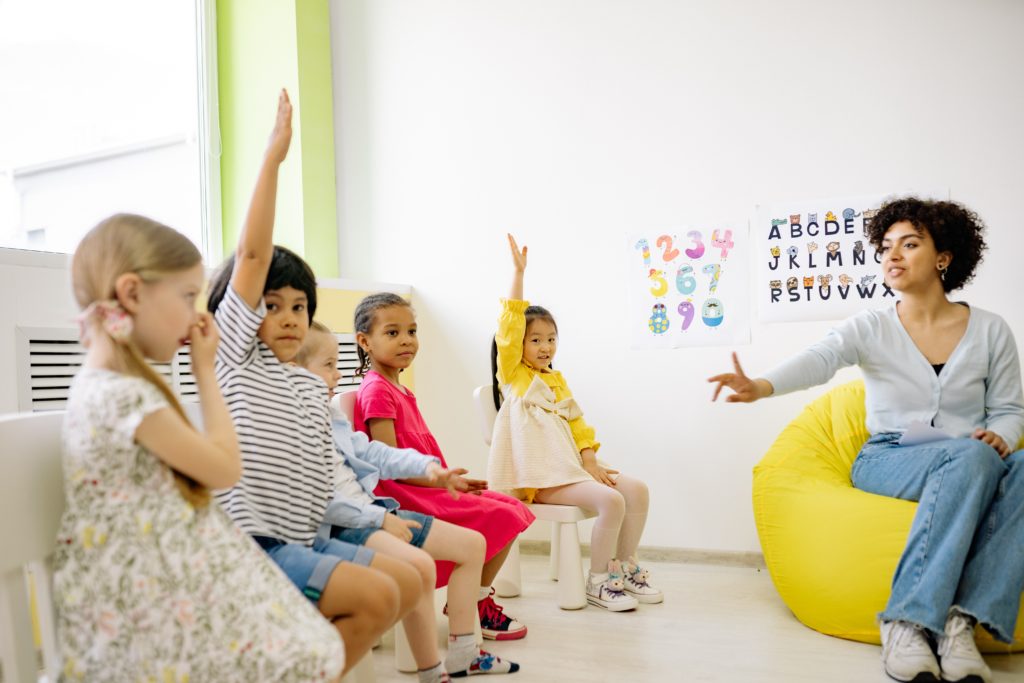
As a teacher, leading by example is crucial. Students learn by watching the adults in their lives. Studies show that anxious adult role models tend to raise anxious children. Practice mindfulness by verbalizing your thoughts and paying full attention to your students.
Incorporating mindfulness in the classroom can have a positive impact on students’ academic performance, emotional regulation, and well-being. From starting each class with a mindfulness exercise to using it as a tool for problem-solving and incorporating it into the curriculum, there are numerous ways that teachers can integrate mindfulness into their daily lessons and routines. Additionally, practicing mindfulness themselves and encouraging students to do the same can help to create a supportive and positive learning environment. By embracing mindfulness in the classroom, teachers can set the foundation for a lifetime of healthy habits and well-being in their students.
Looking for mindfulness activities to integrate into the classroom? We’ve got you!
